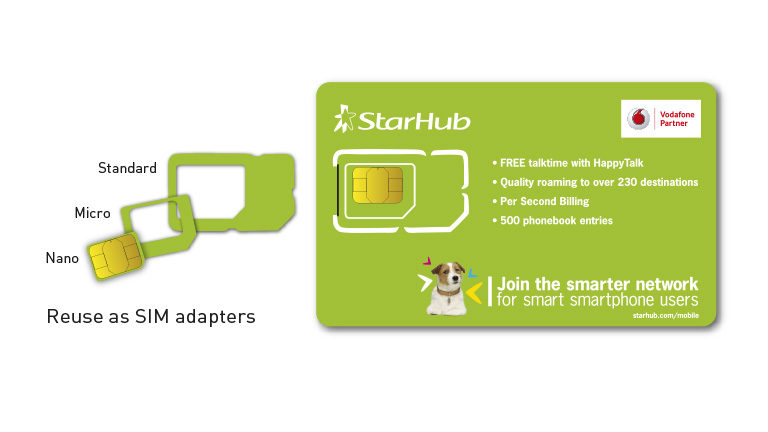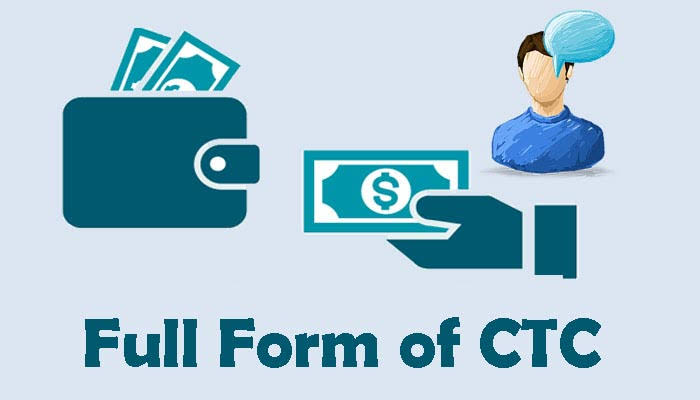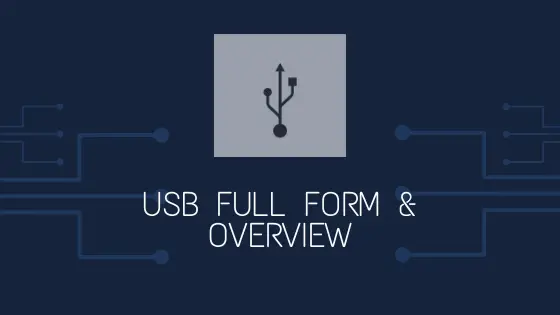What is the Full Form of Computer?
Here, in this article, you will get to know about the little basic facts of the computer which many of us had forgotten like the computer full form, when the invention took place, computer generations, etc.
Do you know when the first-ever computer invented?
Well everybody knows who invented the first computer – Charles Babbage. He is also known as the father of the computer.
But you know when it invented and what was the name given to it?
What is the Full Form of Computer?

A computer is an electronic device that takes raw data as an input, processes the data or performs the operations on data, and then gives the output. In other words, a computer is used to perform arithmetic calculations.
So the full form of Computer is Common Operating Machine Purposely Used for Technical and Educationl Research.
C – Common
O – Operating
M – Machine
P – Purposely
U – Used For
T – Technical and
E – Educational
R – Research
Note: There is no particular standard full form of computer. Depending upon its work people use different full forms.
What do you understand by this?
I believe that the full form is entirely a myth. It does not make sense in any way. Just think, when computers get invented, they could only perform calculations. So, how and why this full computer form came into an introduction.
Computer means to compute. And the machine was developed to calculate various complex calculations. It is how the name computer originated.
It would be much better to describe a computer in the technical term rather than this doubtful full form.
“A computer is a machine that is used to perform arithmetic and logical operations with the help of arithmetic logic unit, control unit, and memory.”
Evolution of First Computer

The invention of the first computer categorizes as the mechanical computer. It is popularly known as “Analytical Engine” and sets as a blueprint for modern computers. Charles Babbage kept designing this particular purpose computer between 1834-46.
This analytical machine was responsible for performing complex calculations using punch cards. These punched cards were used as input by Babbage for arithmetic, numeric, and other operations. Also, the machine was built using brass gears and was not electric.
In Analytical Engine, inputs included punched cards, and outputs are to read through an analog printer. Besides, Babbage called memory as a store and CPU (Central Processing Unit) as a mill which performs all arithmetic operations.
Computer Generations
There is a total of five generations of computer. Let’s have a quick look at them.
First Generation Computers: (1940-56)
These computers work on vacuum tubes for the circuit, drums for memory, and machinery language. Besides, they were enormous, comprising a whole room and costs a fortune to run them. They used punched cards for inputs and were very inefficient as compared to modern computers.
Second Generation Computers: (1956-63)
The Vaccum tubes got replaced with Transistors still the heat was a subject of matter. Use of transistors significantly reduced the size and cost indulged in computer. Transistors make computers cheaper, smaller, faster, and less dense on electricity. Input and system were the same as in the first generation.
Third Generation Computers: (1964-71)
In third-generation computers, we finally got a leap from punched cards and old operating systems. Transistors were miniaturized and put on chips (known as semiconductors), which led to the significant growth in speed and efficiency. Humans were now able to interact with the operating system using keyboards and mouse.
Fourth Generation Computers: (1972-10)
In ’70s microprocessors came into introduction, all credit to Intel. Where in the 1940s, a room was required to process operations, now a small chip can control all such things. Input/output processing, CPU, memory, controls, all these can be handled onto a single chip which fits the palm of a hand. Also, this single-chip contains thousands of integrated circuits.
Fifth Generation Computers: (present)
Artificial Intelligence and Machine Learning are gearing up every day with innovative ideas and technologies. AI is considered to be the future of computers, including but not limited to voice and face recognition, red tacton, quantum processing, nanotechnology, etc.
Final Words
Besides, there are many types of computers available in the market for different working areas such as palm computers, super-computer, laptops, PCs, tablets, desktops, and work frames.
So, these were some of the basic things everyone should know. Evolution of computer has taken many different phases. With this evolution, computers are significantly reduced in size and increased in speed and efficiency. In the modern era, AI in machines is the only future.






